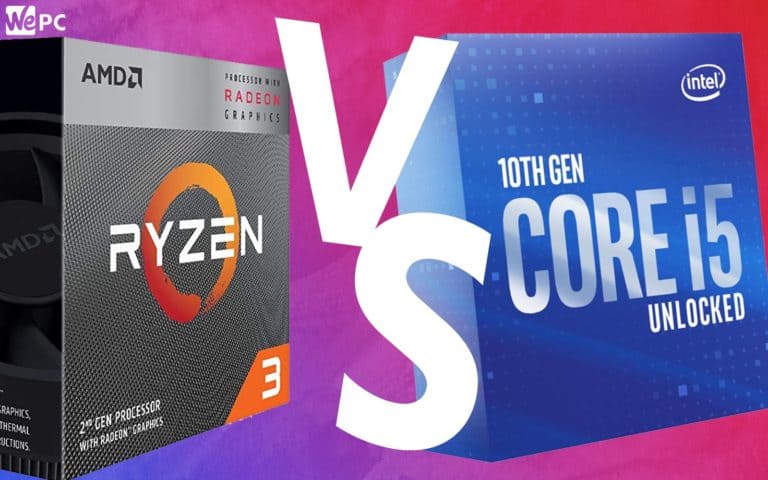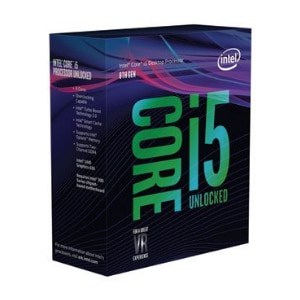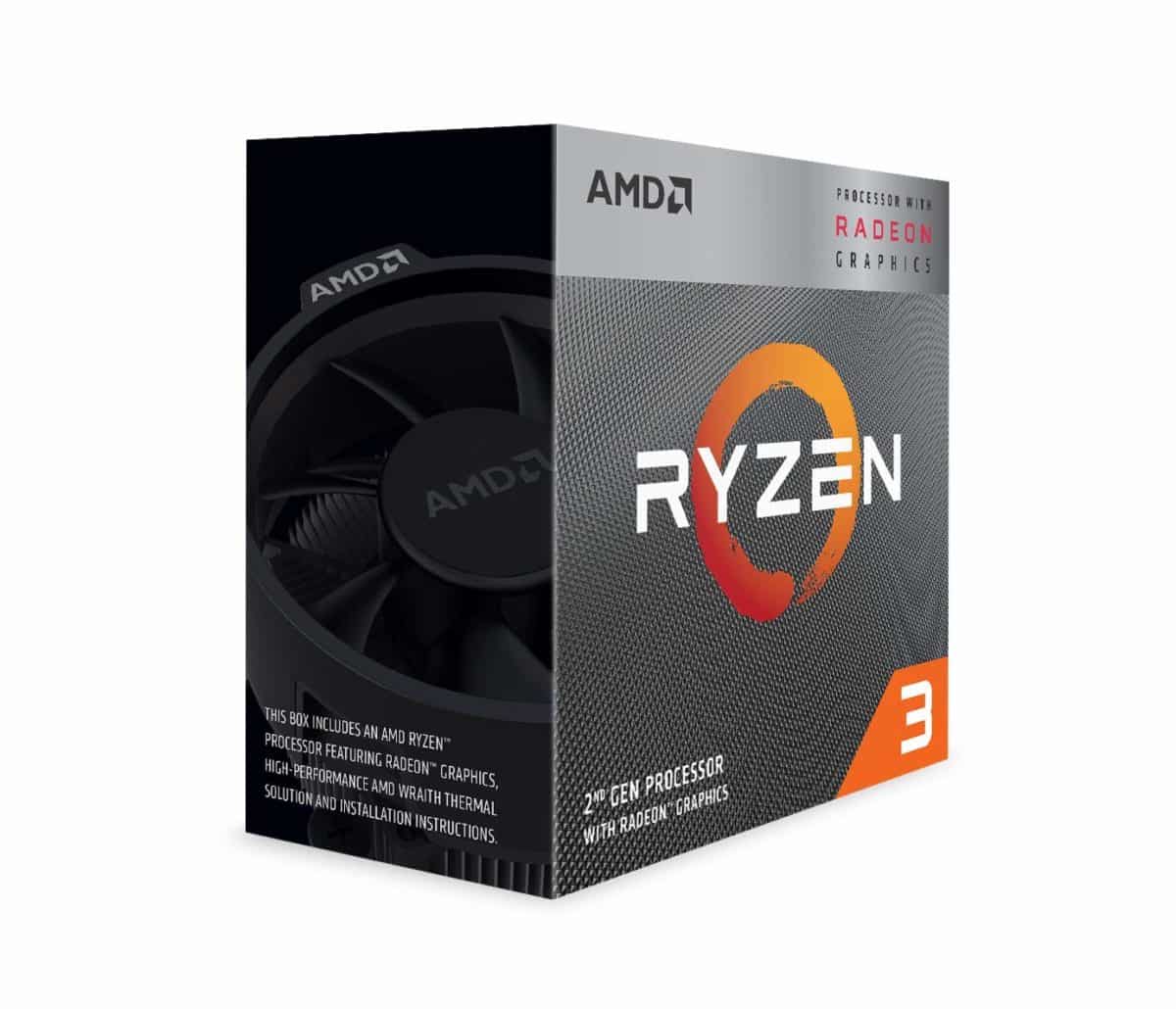AMD Ryzen 3 vs Intel i5
In this article, we have provided a comparison review between two popular CPU processors, the AMD Ryzen 3 and the Intel i5, in order to determine which one is the best out of the two.

What’s the Difference Between the Two?
First off, we’ll begin with the Intel i5 line of CPUs. Comprised of a group of mid-range performance 64-bit x86 processors for both desktops and laptops, the Intel i5 family is a mid-range group of processors first created way back in 2009.
Ideal for serious gamers, the Intel i5 lineup is comprised of a range of CPUs that have been built to deliver in their performance, speed, and multitasking abilities. For this reason, this makes the lineup suitable for gamers, those wanting to create content, and all streaming purposes.
If you’re already familiar with Intel’s CPU generations, then we’re sure you’ll aware that Intel has carried across some similar hardware design features, as well as multiple variants within the lineup to ensure all needs are catered to, including heavy-duty overclocking purposes, better power efficiency, and non-modified designs.
However, though the Intel i5 group falls within the mid-range category, each CPU within the range is deemed to be on the more ‘premium’ side of the spectrum, which explains why prices can reach up to $260, depending on the model.
In contrast, AMD Ryzen 3 Processors are a range of CPUs that are an ideal choice for PC builders, gamers, and streamers. The Ryzen 3 is a family of mid-range performance 64-bit quad-core processors that were introduced back in-2017 and are based on AMD’s Zen microarchitecture.
Upon the time of release, AMD specifically marketed the Ryzen 3 CPUs directly against Intel’s Core i3 processors, which is why they have a lower price point than Intel i5 processors. For this reason, AMD Ryzen 3 is most suitable for casual gamers, those looking to run editing software, or even for those wanting to speed up their everyday PC usage.
Features Comparison
Cores
The first comparison we’ll make is the number of core processors, which helps to indicate to us how well each processor will be able to effectively handle large amounts of data and multitask. For starters, the Ryzen 3 lineup has up to 4 core processors, which is exceeded by the Intel i5 lineup which has up to 6 cores.
On paper, that might not seem like a huge difference, but don’t be fooled. Though both ranges fall into the mid-range category, the addition of two extra cores within the Intel i5 group means that they will be able to handle multi-tasking better – which is something to keep in mind if you plan on heavy-duty gaming or streaming.
Threads
Next up, we’re going to be exploring the thread count, which ties in closely to the number of cores. Think of it like this: cores are able to increase the number of tasks the processor can handle, while the number of threads will be able to manage them so that the CPU runs efficiently.
Every Ryzen 3 CPU has 8 threads, which is the same as the Intel 5 CPUs. This means that both ranges of CPUs are able to offer a boosted performance thanks to multithreading, which is very beneficial for running the latest-generation games, image rendering, and content creation.
As a side note, it’s important to remember that quite a lot of games do not require the need for multithreading help, though we still recommend choosing a CPU that offers it. In particular, demanding games such as The Witcher 3 will see huge performance uplifts thanks to the help of multithreading.
Cache
The next comparison we’re going to be making is the cache size of each line of CPUs. In a nutshell, the cache is, essentially, a store of short-term memory that is able to hold data. Therefore, the bigger the cache size, the better the processor will be at multitasking, handling instructions, and handling large amounts of data.
For this reason, it’s important to choose a CPU that has as large a cache size as possible, regardless of whether you want to render large 3D images via software or simply enjoy faster gameplay. Seeing as this is where common commands are stored so they can be retrieved quickly, faster gameplay can also be achieved by purchasing a CPU that has a larger cache memory size.
Both the Intel i5 CPUs and the AMD Ryzen 3 CPUs offer similar cache sizes, across both L1, L2, and L3. For instance, the AMD Ryzen 3 2200G has an L2 memory of 2MB, while the L2 memory has 4MB. In contrast, the Intel i5-3570K has an L2 size of 256 KBytes and an L3 cache of 6MB.
Just by comparing these two CPUs, both ranges will be able to store a decent amount of data, which will help to allow for the smoother overall running of the CPU and better multi-tasking abilities.
Final Words
All in all, both ranges of CPUs offer their own individual benefits. The Ryzen 3 line of CPU processors is a great choice for budget gamers who want a reliable processor that isn’t going to break the bank, while the Intel i5 CPU processors are an ideal choice for those that are still shopping within the mid-range bracket but want a slightly more premium option.




